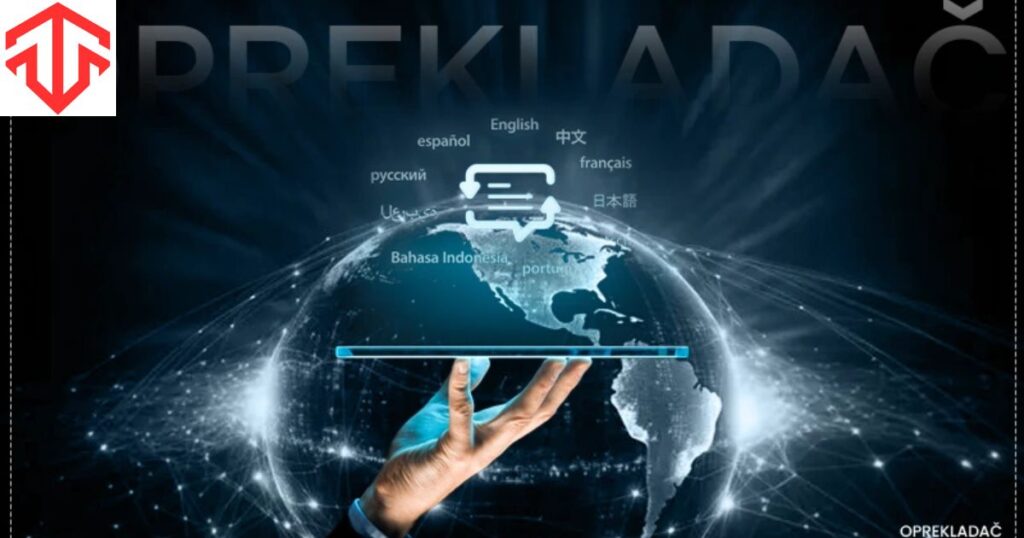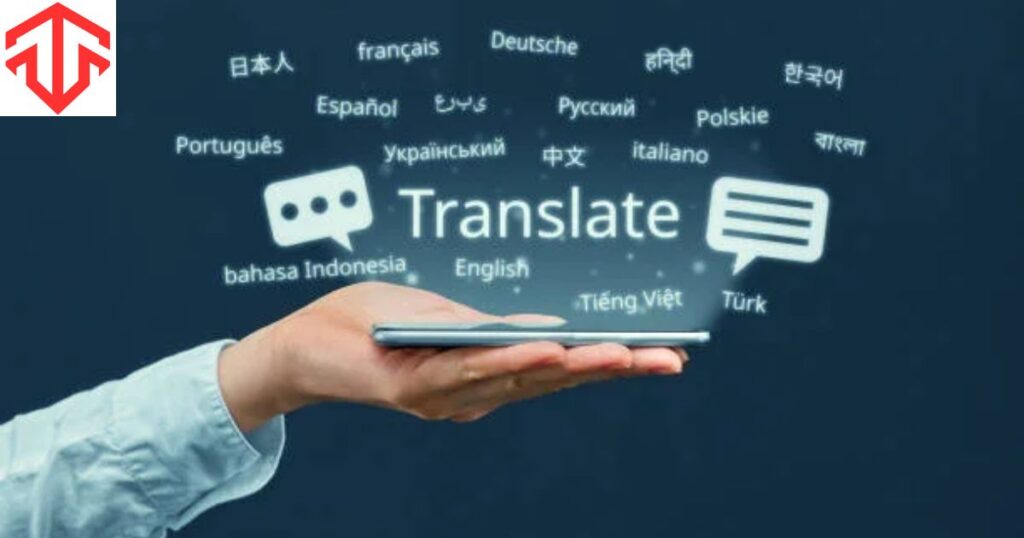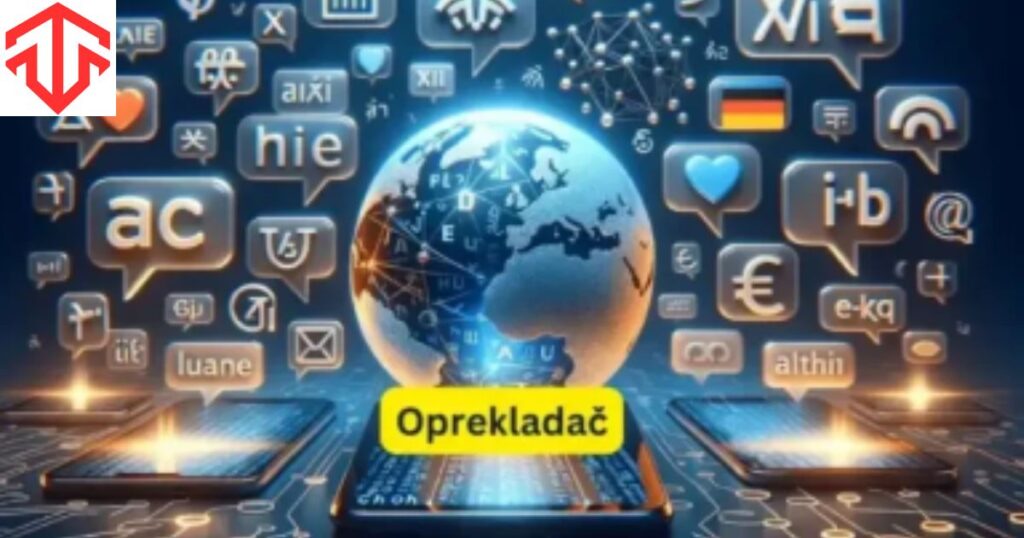Language barriers can be frustrating. They limit communication. Oprekladač is here to help. It’s a powerful translation tool. This guide will explore Oprekladač in depth. We’ll cover its history, features, and applications.
You’ll learn how it works. We’ll discuss its strengths and weaknesses. By the end, you’ll understand why Oprekladač matters. Let’s begin our journey into the world of language translation.
History and Development
Oprekladač has an interesting past. It started as a small project. A team of language enthusiasts created it. They wanted to make translation easier. The tool launched in 2010. At first, it only supported a few languages. People liked it.
The team worked hard to improve it. They added more languages. They made the translations better. Big tech companies noticed Oprekladač. They offered to buy it. The team refused. They wanted to keep improving their creation.
Over time, Oprekladač grew. It became a major player in online translation. Today, it supports over 100 languages. Millions of people use it daily. The story of Oprekladač is one of passion and perseverance.
Core Features
Oprekladač offers many features. Let’s look at the main ones. Real-time translation is key. You type, it translates instantly. This is great for quick needs. Voice recognition is another important feature. You can speak, and Oprekladač will translate.
This helps in conversations. Image translation is useful too. Take a photo of text, and Oprekladač will translate it. This is perfect for signs or menus. Offline mode is available. You can translate without internet. This is handy when traveling.
Multiple language support is crucial. Oprekladač covers major and minor languages. It even handles some dialects. Phrase book feature helps travelers. It provides common phrases in different languages.
Technological Framework

Oprekladač uses advanced technology. Machine learning is at its core. This allows the tool to improve over time. Neural networks play a big role. They help Oprekladač understand context. This leads to better translations. Natural Language Processing (NLP) is crucial. It helps the tool grasp human language nuances.
Cloud computing powers Oprekladač. This ensures fast processing for users. Big data analysis improves accuracy. The more people use Oprekladač, the better it gets. API integration allows other apps to use Oprekladač. This expands its reach. Encryption keeps user data safe.
Read This Blog: Understanding the Isotonix Lawsuit: Key Information and What You Need to Know
User Interface and Experience
Oprekladač prioritizes user experience. The interface is clean and simple. Anyone can use it easily. The homepage is straightforward. You choose languages and input text. Results appear quickly. Mobile apps are available. They work on iOS and Android. The apps have a similar design to the website.
This creates a consistent experience. Customization options exist. Users can change font size and theme. Saved translations are a helpful feature. You can access them later. History function tracks your recent translations. This is useful for repeated tasks. Autocorrect helps with typos.
It suggests corrections as you type. Synonyms are provided for translated words. This helps users choose the best fit. The overall experience is smooth. Oprekladač focuses on being user-friendly. This approach has won it many loyal users.
Practical Applications
Oprekladač has many uses. Students use it for homework help. It translates foreign language texts. Travelers rely on it abroad. It helps them communicate in unfamiliar places. Business people use Oprekladač for international deals. It translates emails and documents. Researchers find it valuable.
It helps them read studies in other languages. Writers use it for inspiration. They explore how ideas translate across languages. Teachers use it in language classes. It demonstrates differences between languages. Customer service teams use it to help foreign customers. This improves global support.
Social media users translate posts and comments. This connects people across language barriers. App developers integrate Oprekladač into their products. This makes apps more accessible globally. The applications are diverse. Oprekladač serves many needs across various fields.
Case Studies or User Testimonials

Real stories show Oprekladač’s impact. Maria, a Spanish student, says, “It helped me understand my English textbooks.” John, a businessman, shares, “I closed a deal in China thanks to Oprekladač.” Yuki, a Japanese tourist, states, “I navigated Paris easily with this app.” Ahmed, a researcher, explains, “I access global studies now. It’s amazing.” Lena, a teacher, reports, “My students love comparing translations in class.”
Challenges and Limitations
Oprekladač isn’t perfect. It faces challenges. Idioms are hard to translate. They often lose meaning across languages. Cultural context is tricky. Words can have different implications in various cultures. Rare languages pose difficulties. There’s less data to improve translations.
Specialized terms don’t always have direct equivalents. Slang and colloquialisms are challenging. They change rapidly and vary by region. Grammatical structures differ between languages. This can lead to awkward translations. Tone and formality are hard to convey.
Continuous updates are necessary. Language evolves, and Oprekladač must keep up. Privacy concerns exist. Users worry about data usage. Dependency is a risk. Over-reliance on translation tools can hinder language learning. Acknowledging these limitations is important.
Criticisms and Comparison with Competitors
Oprekladač faces criticism. Some say it’s not as accurate as human translators. Others claim competitors are better. Let’s compare. Google Translate is a major rival. It offers similar features. Some users prefer its interface. DeepL is known for accuracy.
Microsoft Translator integrates well with Office products. This is an advantage for some users. Yandex Translate is strong in Eastern European languages. It’s a top choice in that region. Critics say Oprekladač lacks some advanced features.
Some users report occasional glitches. Privacy advocates worry about data collection. Despite criticisms, Oprekladač remains popular. Its loyal user base appreciates its balance of features and simplicity.
Read This Blog: Fodder for a Sports Wonk nyt: Exploring The New York Times’ Best Sports Coverage
Future Prospects
The future looks bright for Oprekladač. Artificial Intelligence will improve translations. Augmented Reality integration is likely. This could allow real-time translation of spoken words. Blockchain might enhance security and privacy. 5G networks will make translations faster.
Personalized learning might tailor translations to individual users. Emotional intelligence in AI could help convey tone better. Virtual Reality might create immersive language experiences. Brain-computer interfaces are a distant possibility.
These advancements will shape Oprekladač’s evolution. The tool will become more accurate and versatile. It will adapt to new technologies as they emerge. The goal is to make language barriers obsolete. Oprekladač is at the forefront of this mission.
Future Developments Planned for the Tool

Oprekladač has big plans. Real-time video translation is in development. This will help with live conversations. Improved context understanding is a priority. This will make translations more natural. Expanded language support is ongoing. More rare languages will be added.
Enhanced offline capabilities are coming. This will help travelers in remote areas. Better integration with other apps is planned. This will make Oprekladač more versatile. Customizable AI models are being considered. Users could train the tool for specific needs. Improved handwriting recognition is in the works.
This will help with translating notes and letters. Advanced dialect support is a goal. This will capture regional language variations better. These developments show Oprekladač’s commitment to improvement. The team is always looking for ways to enhance the user experience.
Innovations in the Translation Industry That Might Impact the Tool
The translation industry is evolving rapidly. Neural Machine Translation is advancing. It’s making translations more human-like. Adaptive learning algorithms are emerging. They improve accuracy over time. Crowdsourced translations are gaining popularity.
They combine machine and human input. Wearable translation devices are appearing. They could change how we communicate in person. Multi-modal translation is developing. It combines text, speech, and visual inputs.
Ethical AI is a growing concern. It ensures fair and unbiased translations. Federated learning might improve privacy. It allows learning without sharing personal data. Quantum linguistics is an emerging field. It could revolutionize language understanding.
Frequently Asked Questions
What languages does Oprekladač support?
Oprekladač supports over 100 languages. It covers major world languages and many minor ones. New languages are added regularly.
Is Oprekladač free to use?
Oprekladač offers both free and paid versions. The basic features are free. Advanced features require a subscription.
How accurate is Oprekladač compared to human translators?
Oprekladač is highly accurate for most everyday uses. However, for complex or official documents, human translators are still recommended.
Can Oprekladač translate spoken words?
Yes, Oprekladač has voice recognition features. It can translate spoken words in many languages.
Is my data safe when using Oprekladač?
Oprekladač takes privacy seriously. It uses encryption to protect user data. However, as with any online service, caution is advised when translating sensitive information.
Conclusion
Oprekladač has come a long way. It started as a simple idea. Now, it’s a powerful translation tool. We’ve explored its history and features. We’ve seen its strengths and weaknesses. The technology behind it is impressive. Its applications are wide-ranging. User experiences show its real-world impact. Challenges exist, but Oprekladač keeps improving.
The future holds exciting possibilities. New technologies will enhance its capabilities. Oprekladač is more than just a tool. It’s a bridge between cultures. It helps people connect and understand each other. As the world becomes more connected, tools like Oprekladač become more important. They break down language barriers.

Fatima is an experienced content writer and digital marketer, skilled in creating SEO-friendly content that resonates with audiences. She helps brands enhance their online presence through targeted campaigns, with expertise in blog writing, social media management, email marketing, and SEO optimization.





